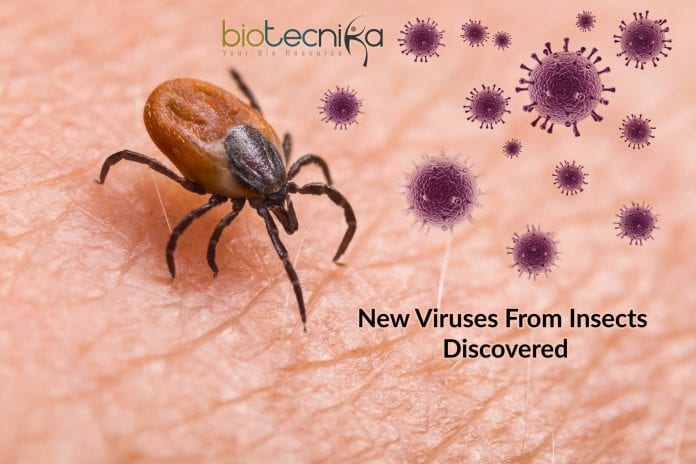Disease-causing viruses often come from animals. Bird flu viruses, Zika virus transmitted through mosquitos, and the MERS virus through camels, are some of the well-known examples. DZIF scientists at Charité – Universitätsmedizin Berlin are trying to find out the viruses in animals to identify new viral diseases and prevent possible epidemics. Till now, they have discovered hundreds of new viruses in insects. They published their results in PLOS Pathogens.
It is the scientist and his team who defined the international standard approach for MERS diagnosis, now studying the diagnosis of rare viruses through new sequencing techniques. Prof. Drosten is a specialist for virus discovery and diagnostics at the German Center for Infection Research (DZIF). According to him, the more viruses we discover and add to the database, the easier it is to diagnose new and unusual diseases.
The research team used the largest international transcriptome database on insects, a kind of catalog of gene activity to study the data with regard to virus genomes. Although scientists have previously studied the same in mosquitos and other blood-feeding insects, this is the first time it is being done in all groups of insects. They systematically investigated the viruses with negative-strand genomes. This
group of viruses contained very important pathogenic viruses that cause diseases like measles, Ebola, lung infections, and rabies.They discovered viruses of 20 new genera from 1,243 insect species making it the largest sample of animals ever screened for viruses. The new viruses have already been added to the search database. This will fast track the diagnosis of new and unusual illnesses.
In cases where patients display symptoms of viral infections, yet not able to identify the virus, all the viruses in the patient can be identified by high-throughput sequencing methods provided it is in the database or has similarities with a virus in the database. The addition of new viruses to the database will increase the chances of a virus being identified
The scientists at Charité will continue to focus on anticipating and detecting future viral threats as part of the DZIF project “Virus detection and preparedness.”






























